From the comfort of your own home or classroom, you can dive into another world through these coral reef videos. Travel from many of our sanctuaries and monuments, including Flower Garden Banks in Texas to American Samoa, to further understand the importance of these ecosystems.
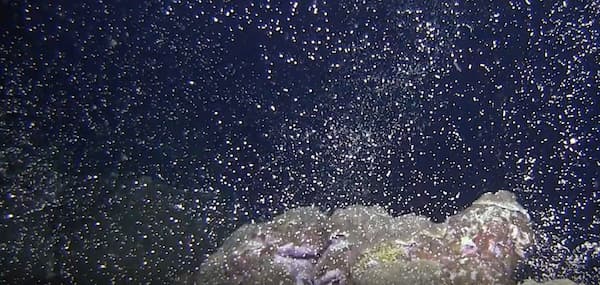
Every August, the reef-building corals of Flower Garden Banks National Marine Sanctuary put on a fantastic spawning display. It is one of the most abundant coral spawning displays in the entire Caribbean due to the high density cover of broadcast spawning species. Check it out in our video!
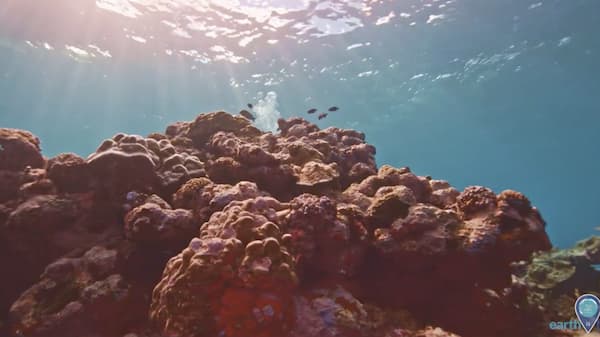
Today, the National Marine Sanctuary of American Samoa protects a variety of environments throughout American Samoa. But this sanctuary started out as a tiny, quarter-mile protected area in Fagatele Bay. What makes Fagatele Bay so special? Find out in our video!
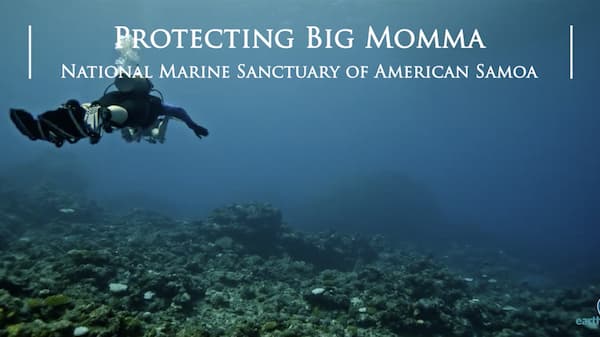
In the depths of the National Marine Sanctuary of American Samoa lives Big Momma, one of the largest coral heads in the world. What will you and your community do to help protect amazing corals like this one?
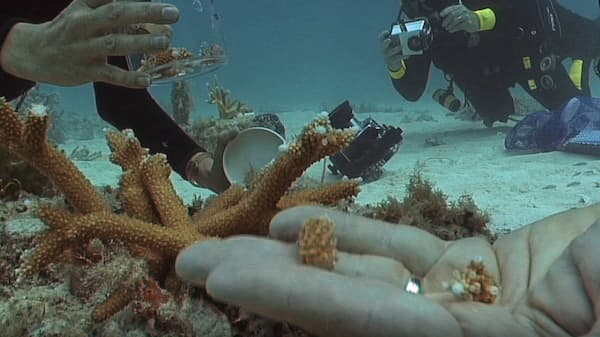
Staghorn and elkhorn coral have become threatened species. These corals are the building blocks of reefs in the Caribbean and Florida Keys.
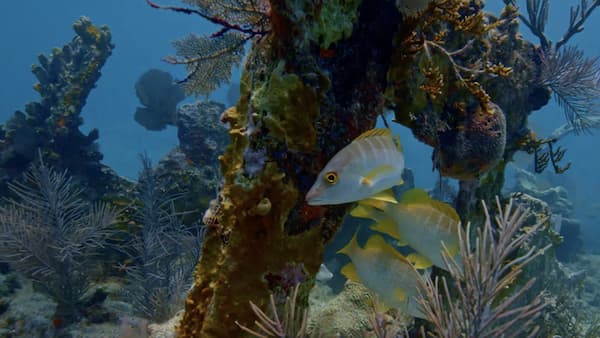
Take a tour of Florida Keys National Marine Sanctuary!
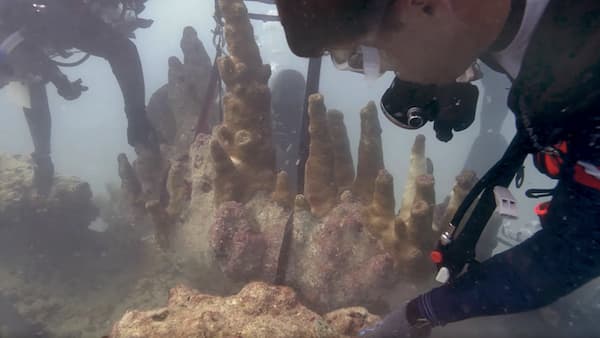
In September 2017, Hurricane Irma roared over Florida Keys National Marine Sanctuary. Since then, we've been working with partners to assess the damage and aid in recovery from the storm.
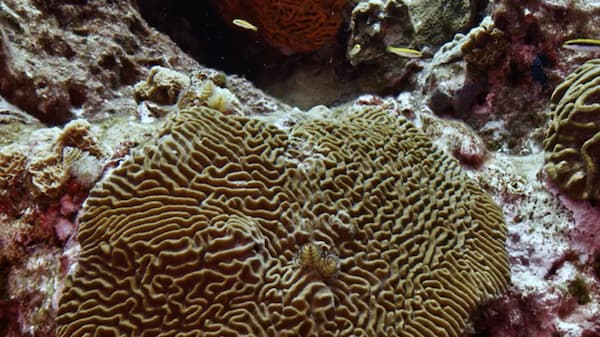
Corals? In the Gulf of Mexico? It's true! Dive in with us to Flower Garden Banks National Marine Sanctuary and experience some of the healthiest coral reefs in the world.
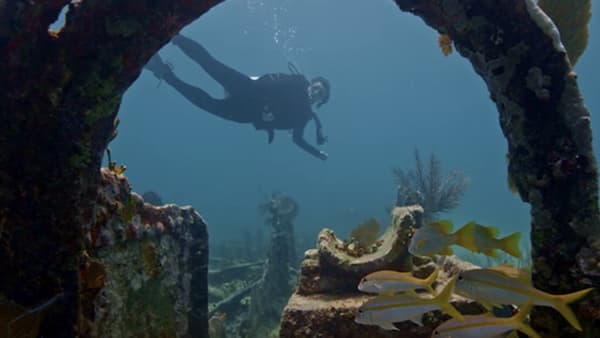
Since 1990, NOAA Florida Keys National Marine Sanctuary has worked with partners and the local community to understand and protect the Keys' critical resources. Now it's time to do more to protect, respond, and recover. This year, the sanctuary will propose a Restoration Blueprint that embodies what we have learned from nearly 30 years of cutting-edge science, technical experience, and local community involvement. Learn more in our video!
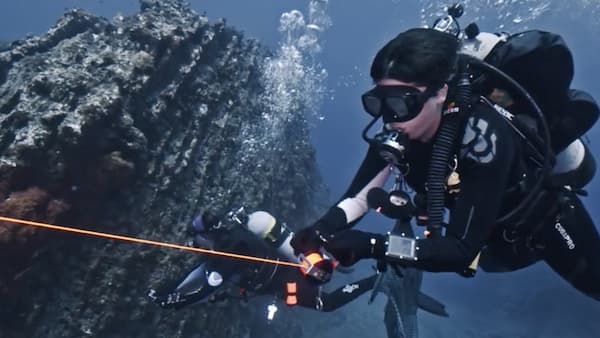
Time to celebrate! Flower Garden Banks National Marine Sanctuary has been expanded from 56 to 160 square miles. The expansion adds 14 additional reefs and banks to the sanctuary, with slight adjustments to the boundaries of the sanctuary's original three banks.
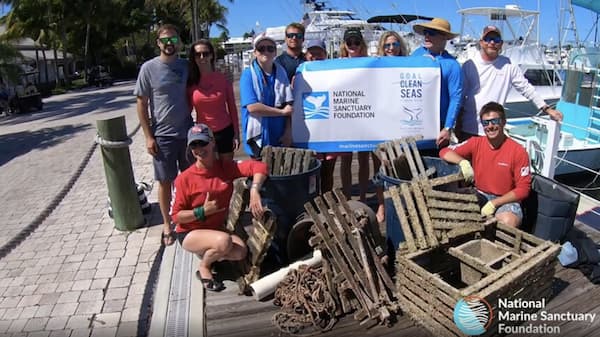
Marine debris is one of the major threats to NOAA Florida Keys National Marine Sanctuary. Plastic trash and other garbage can entangle animals, flatten seagrass habitats, and damage corals. Learn more about Goal: Clean Seas Florida Keys and how they have helped to protect coral reefs in the Florida Keys.
The Florida Keys need our help: the coral reefs have been damaged by hurricanes, bleaching, disease, and heavy human use. But bold action can change the trajectory of the reefs of Florida Keys National Marine Sanctuary. That's where Mission: Iconic Reefs comes in.
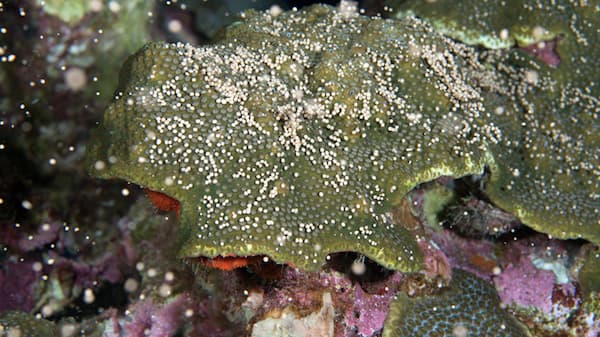
Flower Garden Banks National Marine Sanctuary is known for a spectacular mass coral spawning event every August. Every year, sanctuary researchers visit the Flower Garden Banks reefs to observe colonies of star and brain corals put on a fantastic spawning display. It is one of the most abundant coral spawning displays in the entire Caribbean due to the high density cover of broadcast spawning species.
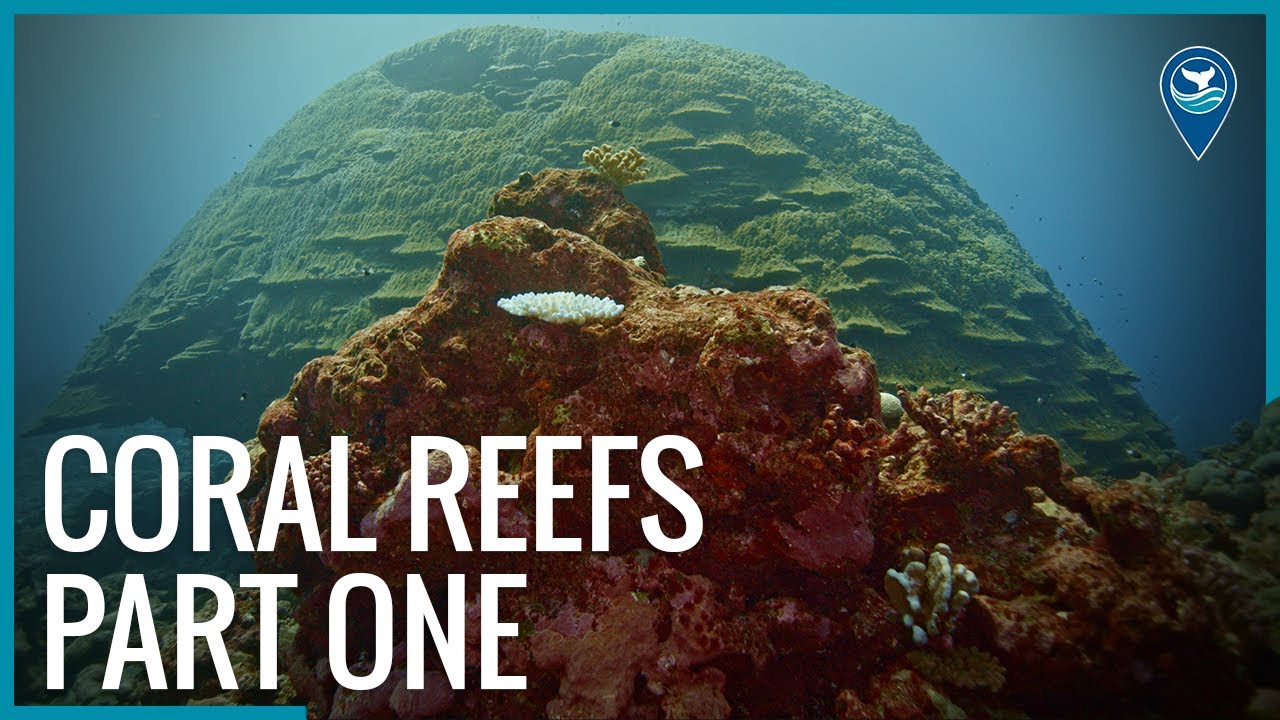
Even though coral reefs occupy less than 0.1% of the world’s ocean area, they are one of the most diverse ecosystems on the planet and they provide numerous ecosystem services to humans worldwide.
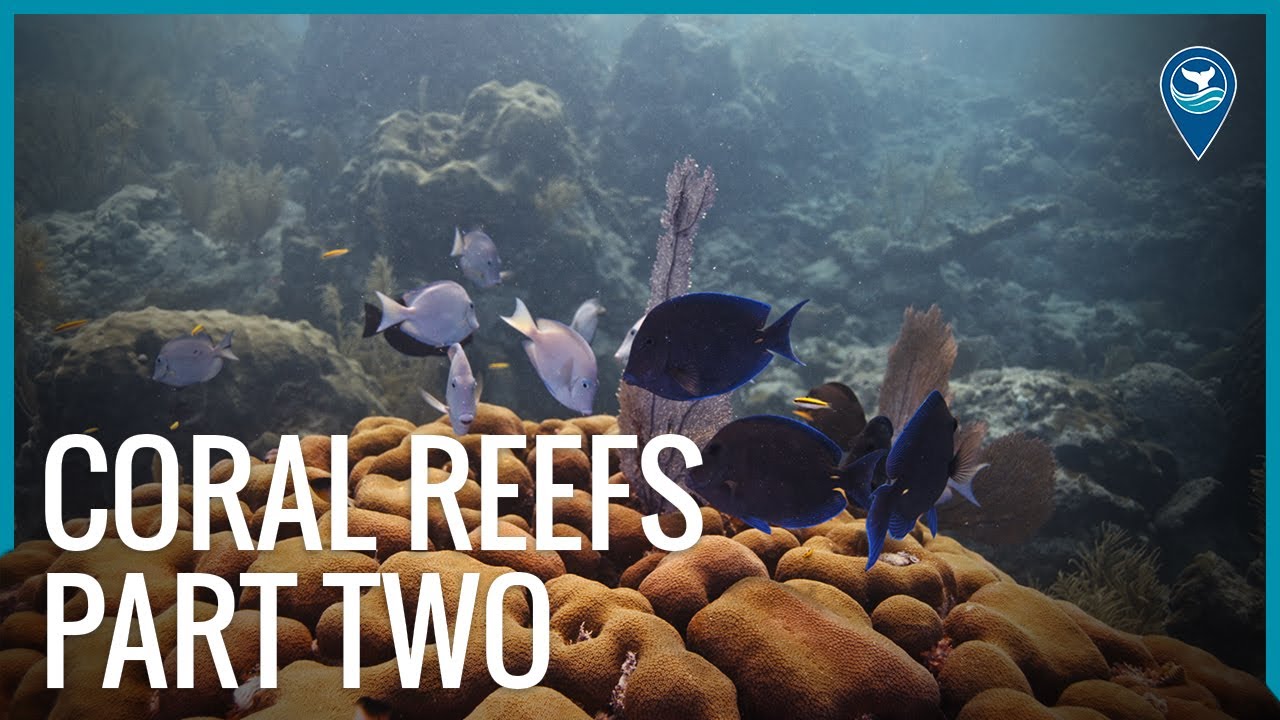
Coral reefs are one of the most important ecosystems on our planet that protect and foster biodiversity.
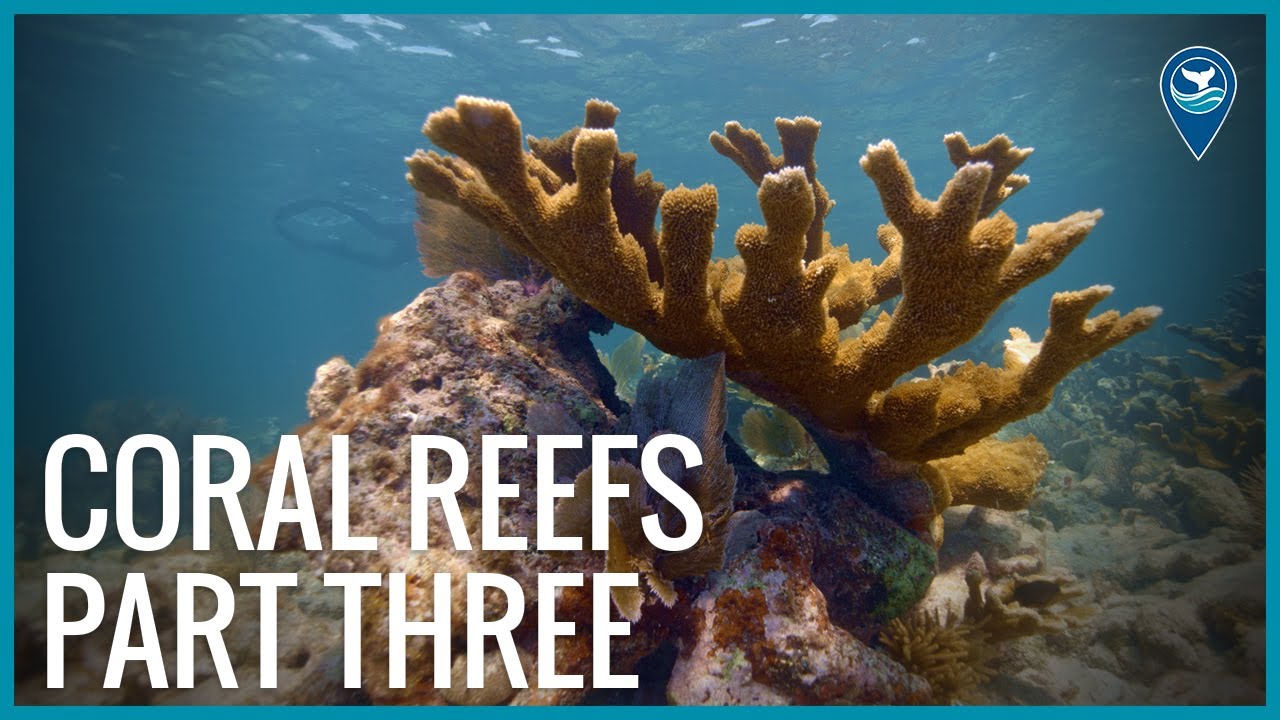
Watch Part 3 of this coral reefs video series to learn about coral restoration projects taking place.
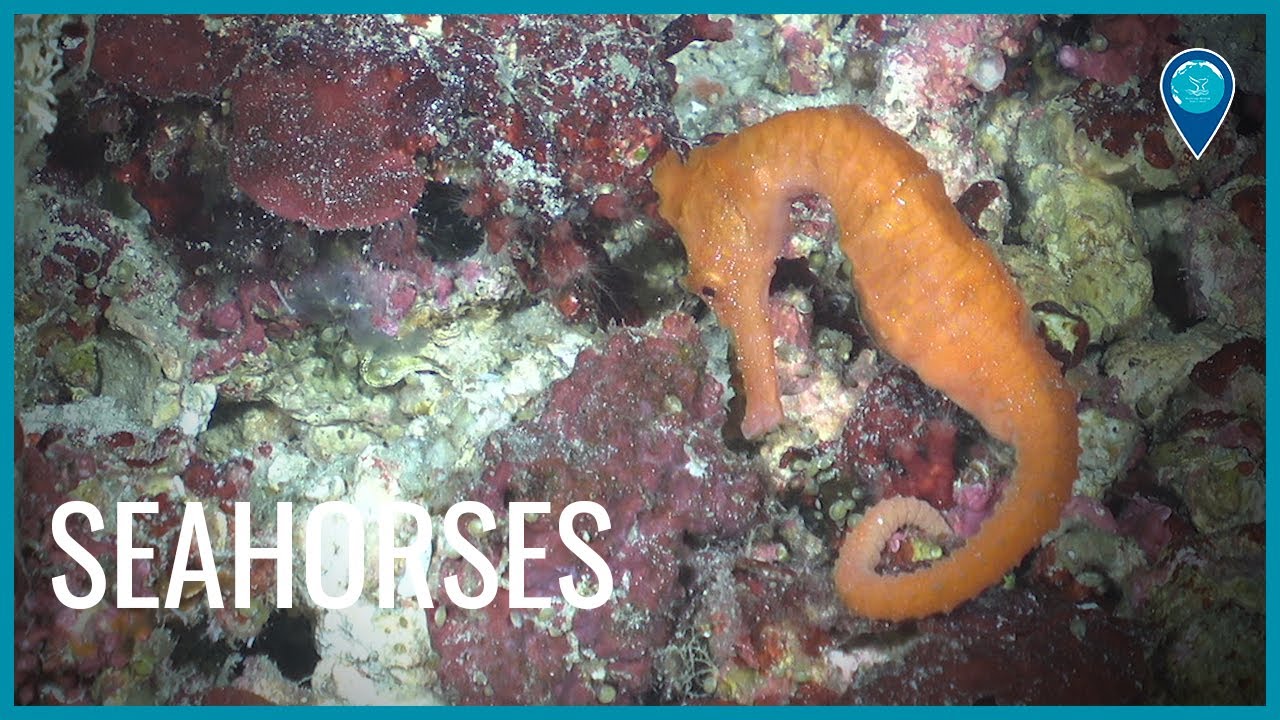
Seahorses are fish with unique features that allow them to thrive on McGrail Bank in Flower Garden Banks National Marine Sanctuary!
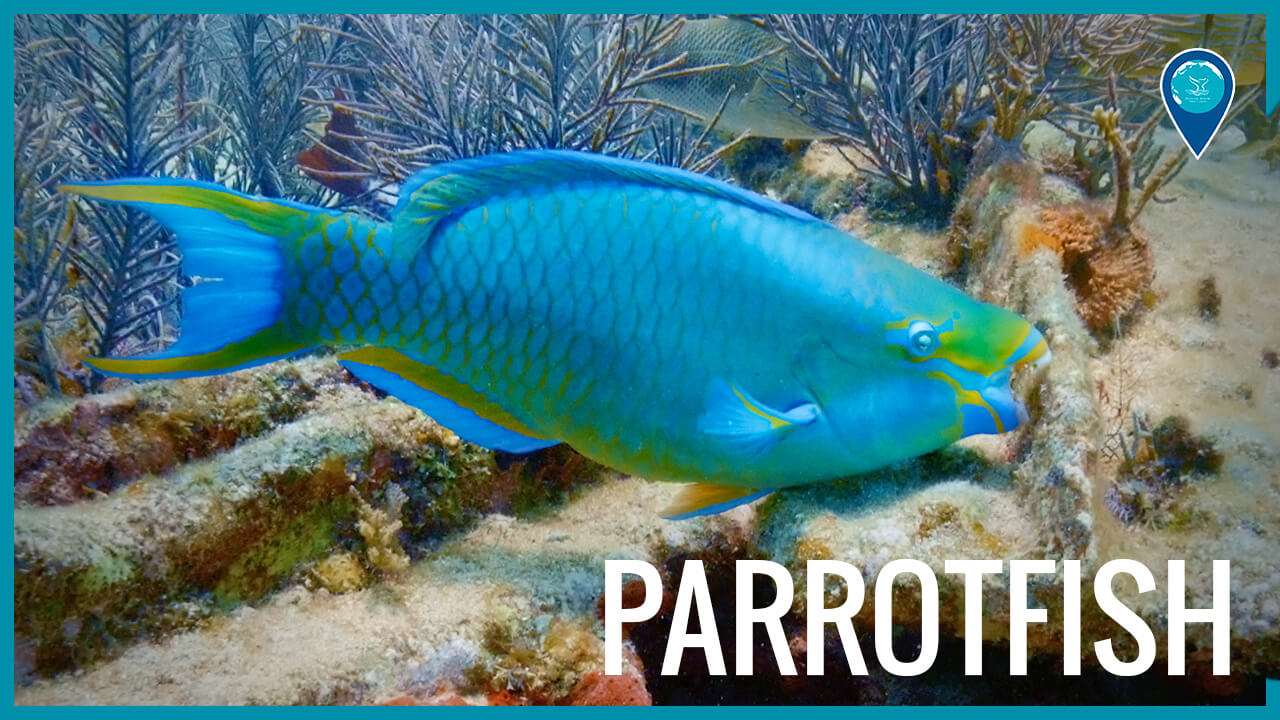
Dive into NOAA's Greater Farallones National Marine Sanctuary, one of the worlParrotfish won't be repeating lines back to you for a cracker, but you can certainly hear them chomping on a reef!
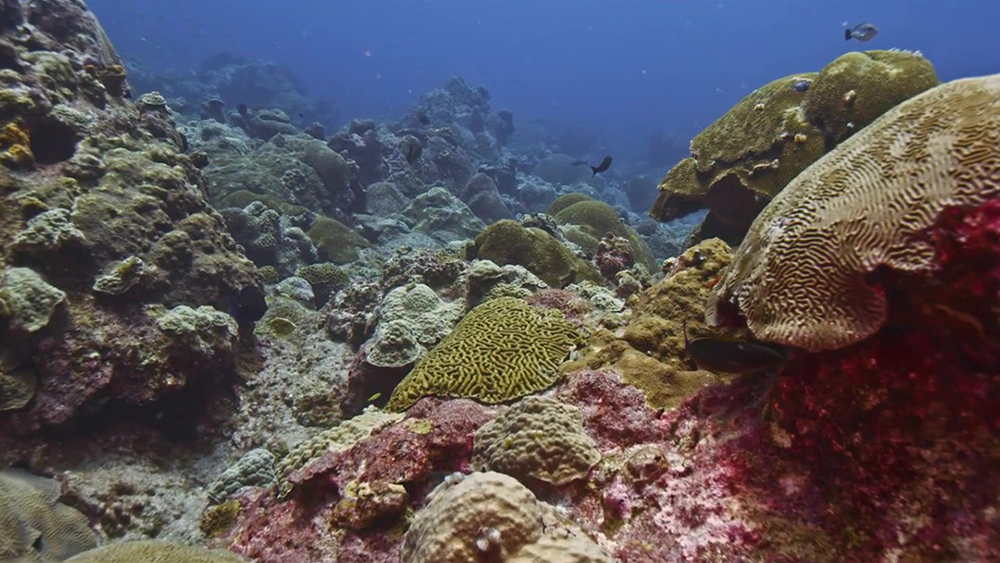
Some of the healthiest coral reefs in the world are located in the Gulf of Mexico, miles off the coast of Texas and Louisiana.

Protected by Papahānaumokuākea Marine National Monument the deep reefs of the Northwest Hawaiian Islands have the highes proportion of the endemism in the world!